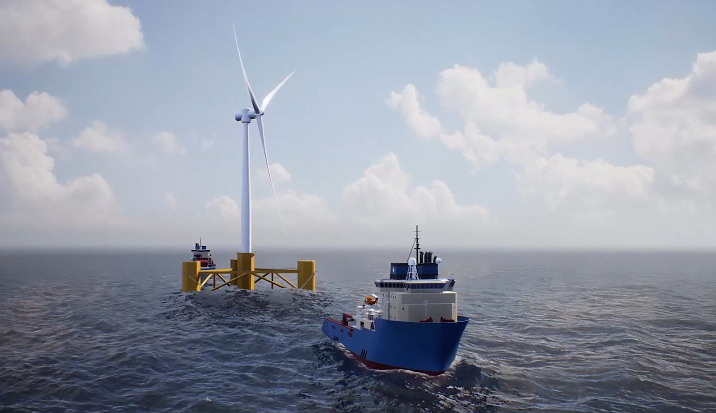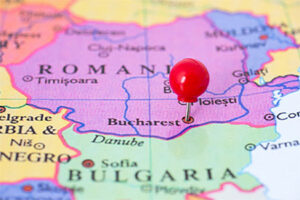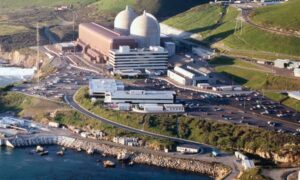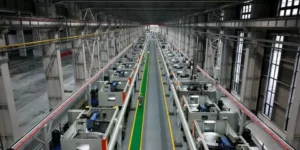A Future Offshore Wind Farm in Southern Oregon Raises Concerns

Throughout the history of the Earth, the environment as we know it, has been always affected by the human activity here on the planet.
There are many implications when altering the environment (some of them unknown to us), and this is the reason why today the climate has changed and lead to extreme weather conditions such as drought, floods, very violent tropical storms, etc., which affected the habitats and the life of all the people living on the planet.
The state of Oregon, has access to great water resources, and this is the reason why hydroelectric power occupies a generous share (about 42%) in its energy mix.
Seeing a decrease in discharge for hydroelectricity (due to drought), Oregon has shifted to other sources of energy to meet the increased energy demand in the state.
Sadly, the decrease in hydroelectric power generation leads to an increased use of fossil fuels like coal for electricity production.
Burning coal keeps Oregon on the track of business as usual, but coal some of the dirtiest sources of energy increases the level of air, soil and water pollution in the area pretty much.
About a decade ago, hydroelectric power had a share of 70% in the state’s energy mix, but today due to the changed climate conditions, the share dropped to only 42%.
To meet the growing gap between demand and the decreased production of hydropower, the use of fossil fuels has been increased.
A Floating Wind Farm Off the Coast of Oregon
Being a state that values its natural resources, Oregon is trying to use other sources of power (preferably clean and renewable) to meet the increased demand for energy.
Giving the fact that costs have dramatically dropped since the last failed attempt to harness the power of the wind over Oregon’s Pacific waters, ocean energy advocates presented at a conference in Portland (September 2019) the updated plan of the state’s offshore wind energy potential.
Ocean energy advocates stated that the number of offshore wind farms across the planet has been seriously increased and if the costs continue to fall, they want to see a floating wind farm installed off the coast of Oregon and far out to sea.
A previous attempt to install five floating wind turbines off the coast of Coos Bay faced opposition from the fishing industry and rising costs, so it was decided to move the project to California because no one in Oregon was interested to buy the very expensive electricity generated by the planned facility.
Concerns Regarding the Future Wind Farm
The Pacific Ocean rests on a continental shelf, which means that water gets very deep very close to the shore, and for this reason, the wind farm can’t be installed close to the shore like the wind farms of the Atlantic.
Being a floating wind farm, wind turbines will be installed far out to sea, and this will affect fishing grounds, which means that fishermen won’t be able to fish where they want to or have fished before.
There are several valid concerns regarding this wind project, says Kim Bergstrom, owner of Manzanita vacation rentals on the north coast, and she simply wants to see how they are going to address these issues.
Wildlife
From an ecological point of view, shallow waters are usually placed with high ecological value and are important habitats for breeding, resting and migratory seabirds. Close participation and good communication between the countries involved in the new developments is essential to reduce environmental impacts of several wind farms in the same area.
Visual
Offshore wind farms usually use larger and taller horizontal-axis turbines compared to onshore developments. However, the visual impact is lower due to the greater distance from the coastline. Nevertheless, the coastal landscape is often unique and provides some of the most valued landscapes, thus special attention could be required.
Noise
Offshore wind farms are located far away from human settlements, so they are less affected by the noise generated by wind turbines. However, marine animals that love in the area of the wind farm or close to it could be affected by the underwater noise generated during the construction process of the wind farm and the noise produced by the rotating blades during operation of the wind turbines (Koeller et al, 2006; Thomen et al, 2006). Any effects of the noise will depend on the sensitivity of the species present and their ability to adjust to it.
Kim admits that she is concerned, however, she’s holding off judgment until the full project is revealed.





